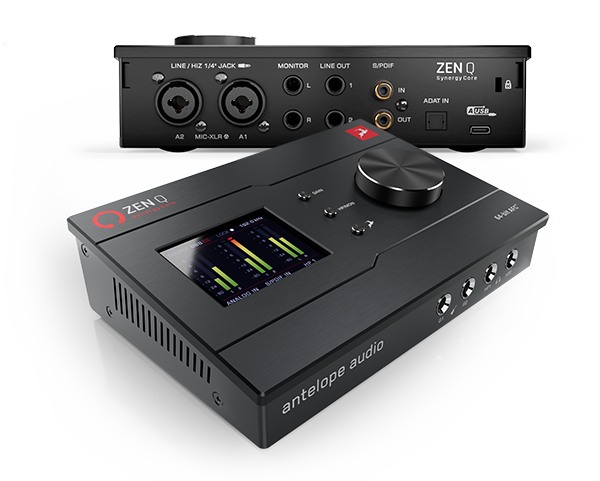

My trick to effectively killing audio buzz on nearly anything i put through my computer? Simple, pricey, but simple. Though it does Buzz it is nowhere near as intense as the previous user mentions and members to my Teamspeak server hardly hear it. I am willing to work cooperatively and interactively to help fix this problem, my first solution applies to the buzzing.

This buzz, this distortion, this loopback, i know it all too well, spent nearly 30 minutes creating a profile just to reply to this and revive this Thread as this issue is not resolved and/or remedied. Oh and btw, yeah i hear that annoying sound(loopback) in my ears from the headset whenever i breathe hard or talk loud whenever the mic is close to my mouth aswell. There is always a buzz noise whenever its connected, is it supposed to be like this? - If not how do i take(/disable) it away? I've tried different USB ports on my computer, keyboard, monitor, different settings in control panel in sound options, through drivers, through CD, DVD quality, no change. Is it possible to reduce the buzzing noise or to totally take it away while it charges cause it is a lot of buzz noise in the background in my mic when i talk whenever i charge my headset its getting a little bit of annoying for my friends and myself atm cause it sounds really awful and people cant really hear what i say. This does not interrupt audio played by pulseaudio, it just records it as if it were also an input device.Hey, i have had this headset for about a week now and i wonder why my friends and my viewers on my stream can hear a buzz noise when i charge my headset and talk at the same time, same buzz noise if i listen to myself whenever im charging the headset through the usb cable. If you select this "Monitor" as your audio input device, that application will no longer record audio from microphones, but will capture any audio sent to your sound card. One of those options will read, "Monitor of ". You can click this button and change it to any audio device you wish such as a different microphone. You'll notice that there's a button next to each application that displays the device it is listening on for audio input. You can set it lower if you want, but the volume at which audio is played by your system is the volume at which it will be recorded.
#Tlv320aic32 audio loopback software
Make sure your software volume output (the volume level in pavucontrol, not the volume knob on your external speakers) is set to 100%, but not more than that in order to avoid distortion. In the capture settings for your application, enter the audio capture device as "pulse".Īfter you've verified that your recording software is indeed listening for input using pulseaudio and it appears in the recording tab of pavucontrol, we can now change where it listens for input. If your application is actively recording, but does not appear in the recording tab of pavucontrol, then it is not using pulseaudio for this purpose. Remember the application has to be actively recording audio input, so if you're using something like gtk-recordmydesktop, it must be actively capturing your screen to appear here.

In the "Recording" tab, you will see a list of all applications currently listening for audio input. The tab we're interested in is the "Recording" tab. You'll notice at the top of the window several tabs. Once pavucontrol is installed you can use it to change a variety of options regarding your sound, more-so than the default sound manager in most desktop environments.
#Tlv320aic32 audio loopback install
One method you can use to accomplish this is to ?install and use the software package pavucontrol, which is available in the Debian repositories, by executing: # apt-get install pavucontrol This could be useful for screen recording sessions where you want to capture the audio as it is produced instead of just setting an external microphone next to your speaker. Pulseaudio provides us with the means to easily create an audio loopback device that allows us to record sounds produced by our system as if they were being redirected into the microphone.


 0 kommentar(er)
0 kommentar(er)
